Ancient beavers cut trees for food first, not to build dams
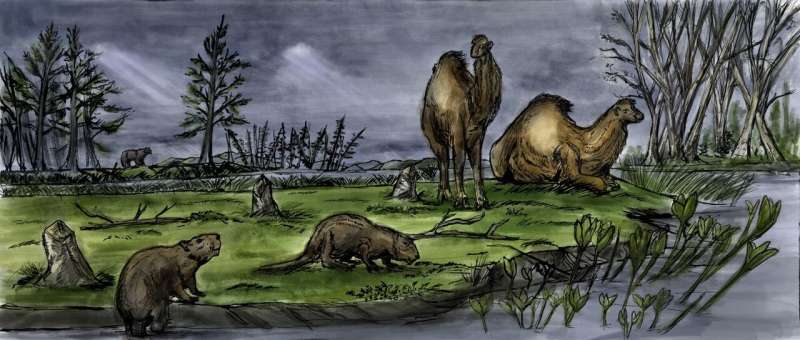
By studying the wood-cutting behaviour of ancient beavers that once roamed the Canadian high Arctic, an international team of scientists has discovered that tree predation—feeding on trees and harvesting wood—evolved in these now-extinct rodents long before dam-building.
This is an important discovery as woodcutting is a key behaviour for modern-day beavers' capacity to modify, create and maintain habitats.
This new research suggests that tree predation has existed for more than 20 million years, enough time that might have allowed beavers to affect the evolution of certain trees species.
The ancient beavers, belonging to the fossil lineage Dipoides, lived four million years ago and were approximately two-thirds the size of today's Canadian beavers. They gnawed trees with rounded front teeth, not squared teeth like their modern relatives, and researchers believe this woodcutting behaviour originated for harvesting food, not from a compulsion for building dams.
The study, published today in Scientific Reports, is first-authored by Tessa Plint, a former Western University graduate student currently pursuing a Ph.D. at Heriot-Watt University (UK).
"Ancient animals and ecosystems that thrived in the high Arctic during warmer times in geological history show us a glimpse of what this biome could look like in the future under the effects of global warming in polar regions," said Plint.
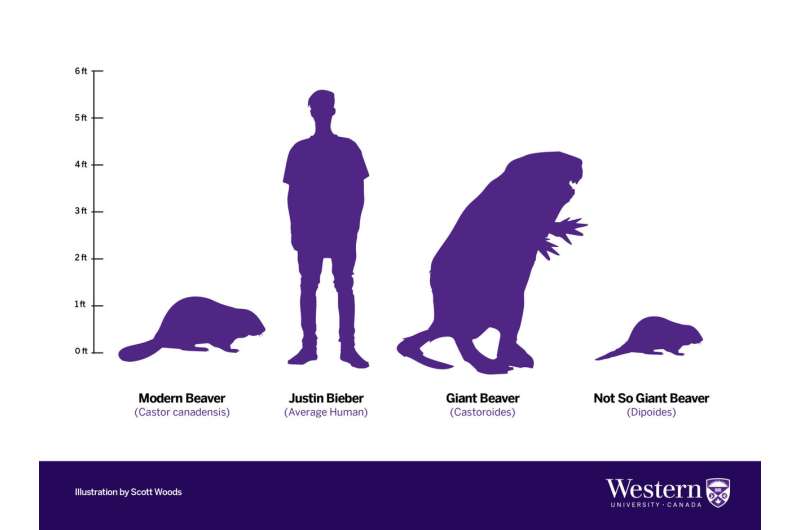
"Today, the beaver has a profound impact on the landscape and is known to increase the biodiversity of the local ecosystem through tree-harvesting and dam building. It's fascinating to look back in time and figure out how this hyper-specialized toolkit of behaviours came to be."
At Western's Laboratory for Stable Isotope Science, researchers examined chemical signatures preserved in ancient beaver bones to figure out what exactly they were eating four million years ago –and, surprisingly to them, it included trees.
"The isotopic signature of food is passed up the food chain to the tissues of the consumer. In the world of stable isotopes, you truly are what you eat," said Plint.
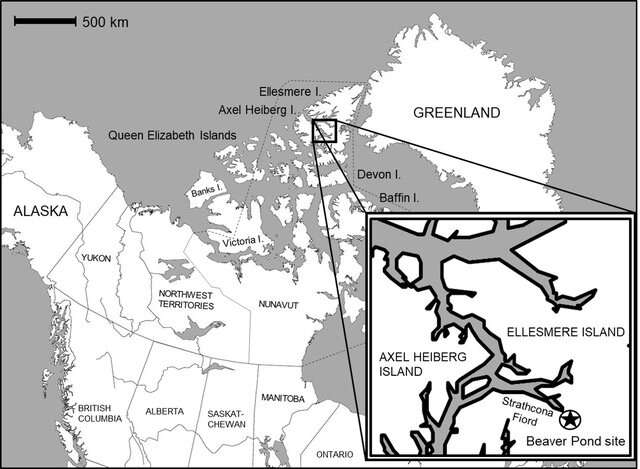
The carbon and nitrogen isotope signatures preserved in the Dipoides bones and also in plant remains preserved at the fossil site, provide an excellent record of past ecological and climatic conditions.
"From these findings, we can begin to understand the potential impacts of current climate and environmental change on Earth, and anticipate—for example—who survives and who doesn't," said Fred Longstaffe, Western's Canada Research Chair in Stable Isotope Science.
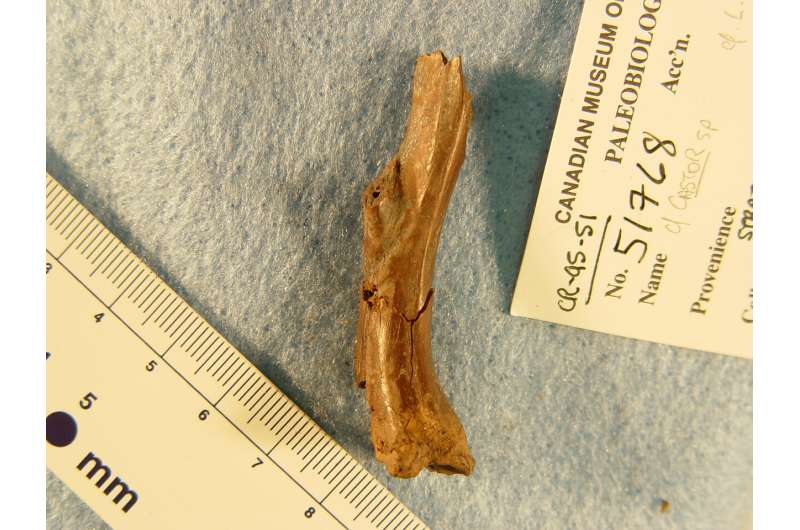
The fossils used in the study are from the Beaver Pond site on Ellesmere Island (Qikiqtaaluk Region of Nunavut), an exquisite fossil site that has been investigated over multiple years by field research teams led by Dick Harington and Natalia Rybczynski at the Canadian Museum of Nature. In addition to beavers, fossil sites on Ellesmere have yielded evidence of an ancient boreal-type forest and diverse mammal community including extinct species of bear, horse, badger and camel.
Ashley Ballantyne, now an associate professor of bioclimatology at University of Montana, originally collected the Dipoides bone collagen data used for the study.
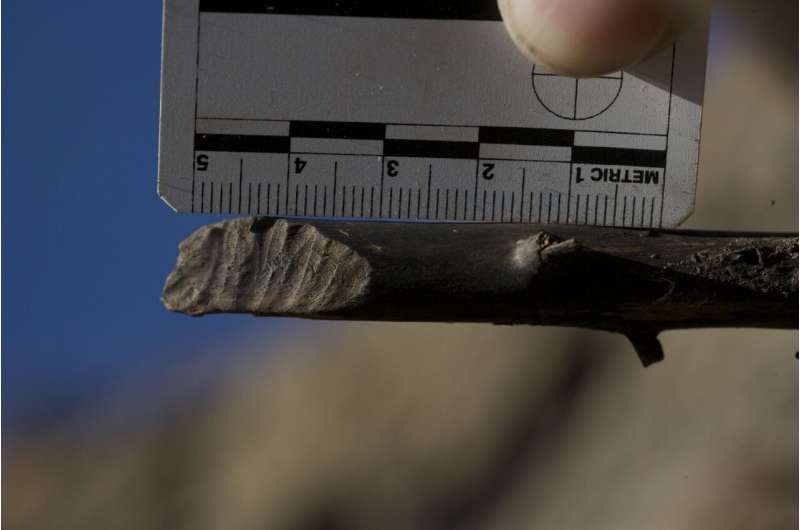
"The more we unearth this time capsule from Ellesmere Island, the more we discover a Boreal Forest-type landscape. It is yet another glimpse into what the Arctic looked like during a much warmer time in Earth's history," said Ballantyne.
"This study highlights how beavers have been impacting forest and freshwater ecosystems for millions of years, and helps us understand the evolution of their role as ecosystem engineers," said Plint.
More information: Tessa Plint et al. Evolution of woodcutting behaviour in Early Pliocene beaver driven by consumption of woody plants, Scientific Reports (2020). DOI: 10.1038/s41598-020-70164-1
Journal information: Scientific Reports
Provided by University of Western Ontario



















